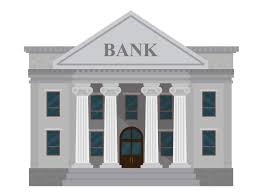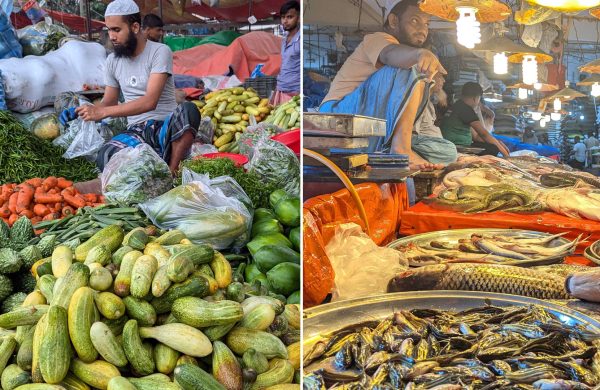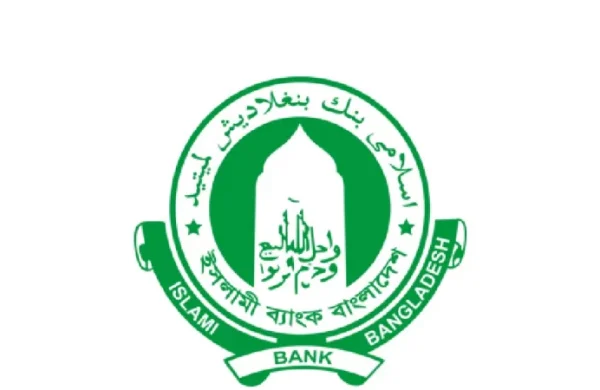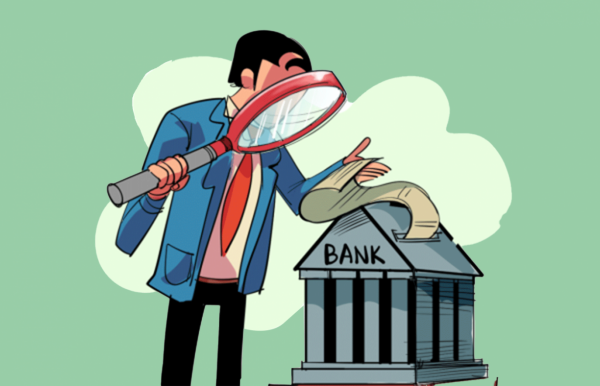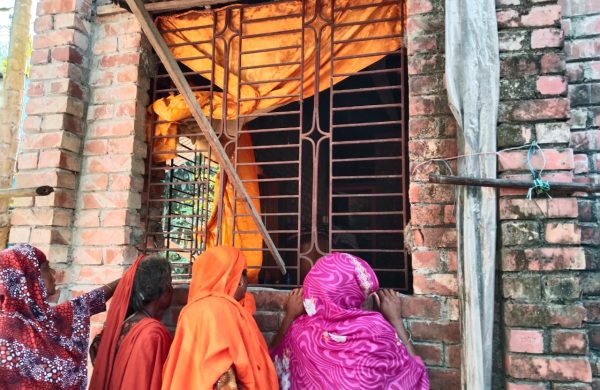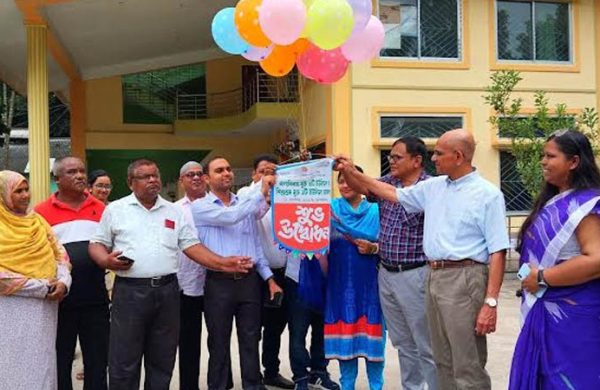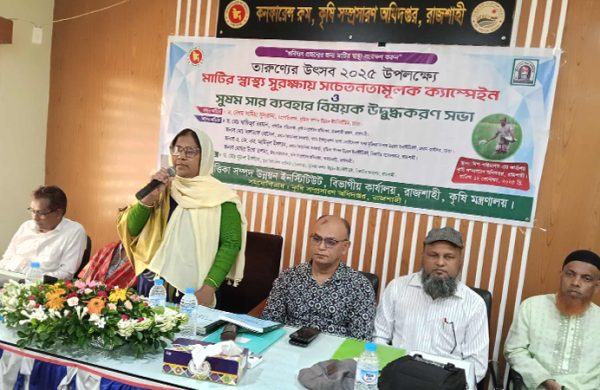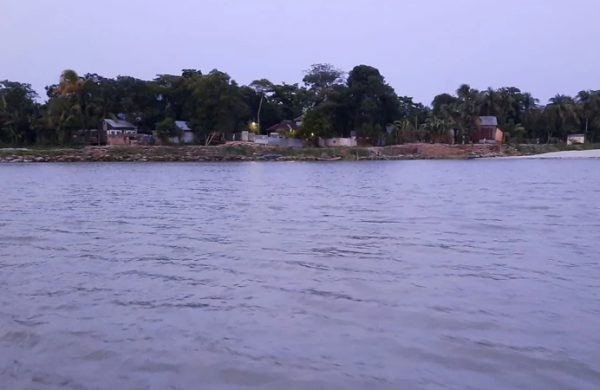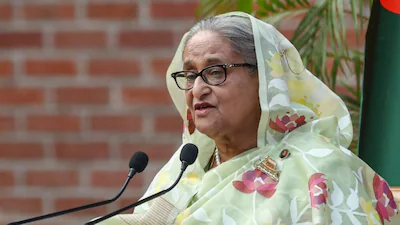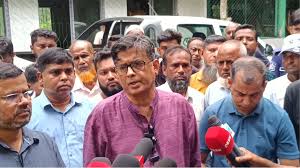Economy pays the price for central bank’s wrong policies
- Update Time : Sunday, May 25, 2025
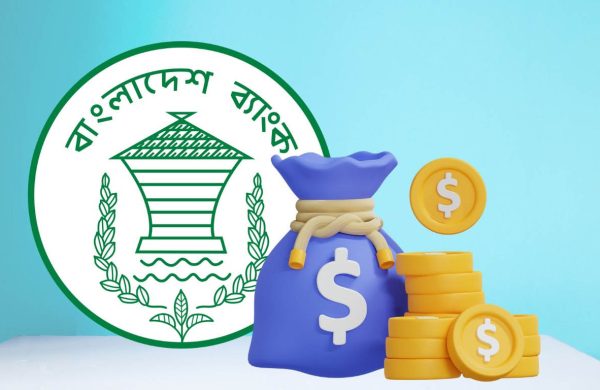
TDS Desk:
Bangladesh Bank Governor Dr Ahsan H Mansur has said the central bank will not deploy its officials or the police to control the dollar rate in banks.
Analysts fear that dishonest traders may take advantage of this situation to hike the dollar rate. They also emphasise that there is no alternative to increasing foreign exchange reserves in order to stabilise the currency market.
Earlier, Dr Mansur remarked that at least 10 banks were on the brink of bankruptcy due to their poor condition.
That remark triggered panic, leading hundreds of thousands of customers to withdraw their deposits from banks, intensifying the crisis. Even eight months after that statement, several weak banks are still reeling from the impact despite receiving repeated cash injections through money printing.
On 4 August 2022, then-governor Abdur Rouf Talukder announced in a press briefing that 10 weak banks had been identified in an effort to ensure good governance in the banking sector. Following that announcement, depositors started withdrawing large sums from several of those banks under special monitoring.
Stakeholders say such irresponsible comments from the regulator of the financial sector are unacceptable, as customer confidence is the cornerstone of the banking industry.
The economy is now suffering due to unguarded remarks from governors and flawed policies of the central bank. The former IMF official has taken a liberal approach in trying to meet IMF conditions. To fulfil these, Bangladesh Bank introduced a market-based exchange rate, which has caused the dollar rate to rise. Earlier, to curb inflation, the policy interest rate was hiked four times, pushing loan interest rates above 16%. This has caused private sector investment to plunge.
Traders are now paying Tk123 per US dollar, up from Tk96. Experiments with the exchange rate have only destabilised the money market. The private sector continues to feel the pain of import restrictions. Over time, Bangladesh Bank has kept experimenting with the forex market while consistently selling dollars from its reserves. In November 2022, the forex reserve stood at over $33 billion, which has now dropped to $25.64 billion.
The IMF set a market-based exchange rate as a condition for its loan. But experts warn Bangladesh not to end up in a situation like Pakistan, where IMF-imposed conditions made life unbearable for common people.
Professor Shah Md Ahsan Habib of the Bangladesh Institute of Bank Management (BIBM) told journalists that leaving everything to the market would have been problematic, but Bangladesh Bank has stated it will intervene when necessary—selling dollars when there’s a shortage and buying when there’s a surplus. This is known as a “managed floating system.”
However, to ensure long-term stability, he said, the foreign exchange reserve must be strengthened, especially to avoid instability when imports pick up again.
On 14 May, Bangladesh Bank officially introduced a market-based dollar rate, sparking speculation. Despite fears of a sharp rise, the forex market has remained relatively stable, with minimal fluctuations in interbank, LC, and open market rates. Open market rates remain slightly higher due to limited supply. Banks have assured that there is enough dollar liquidity in the market and that no large payments are facing issues.
A treasury head of a private bank in Dhaka said there is currently no pressure on the dollar market due to low demand, but warned that a crisis could re-emerge if demand rises. The good news, he added, is that several foreign loans are in the pipeline, which would help stabilise the market further.
There is also no sign of overheating in the open market. On Saturday, the dollar was selling for between Tk125 and Tk126 at various money exchanges in Dhaka. For example, at Nahar, Tamim and BKB Money Exchanges in Gulshan, the buying rate was Tk124.50 and the selling rate was Tk125.50. However, limited supply is causing some sellers to demand higher prices based on demand.
Economists say that if reserves do not reach the desired level and import demand rises, the dollar market could face significant instability in the third quarter of this year.
Mohammad Jahangir Alam, managing director of GPH Ispat Limited, said, “Letting the market determine the exchange rate is suitable for the current situation. Prices of fuel and most international commodities are declining. IMF, ADB and the World Bank are providing funds, so no major issue is expected in the coming days. But the concern is that even when we had $47 billion in reserves in 2020–21, it suddenly dropped to $22 billion due to soaring fuel and commodity prices, which heavily impacted the reserve.”
He added, “If any major crisis arises in the future, we won’t survive with just $500 million. We must raise this to at least $5–6 billion. Once the market is allowed to determine the rate, timely adjustments must follow; otherwise, there will be negative effects. The US has imposed a 5% tax on remittances, which could increase the use of hundi (illegal remittance channels), posing a serious risk. So efforts must be made to ensure remittances flow through banking channels.”
Dr M Masrur Reaz, chairman of Policy Exchange Bangladesh, said, “We’ve been holding back the exchange rate since 2018–19, fixing it at an artificial level. That’s not sustainable and has harmed the country. Letting the market determine the rate now is a very important decision. There’s no time for delay in making such a big change.”



